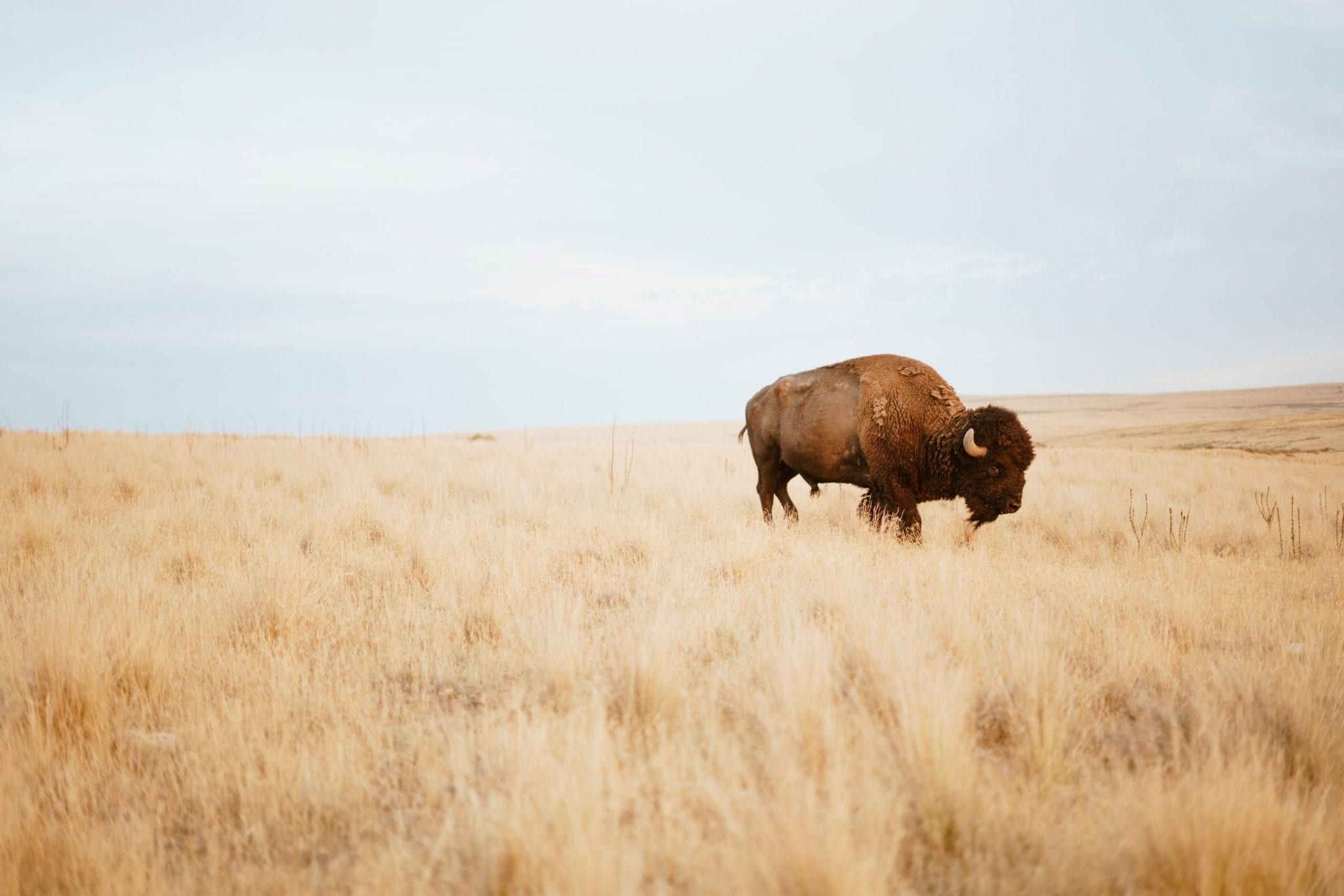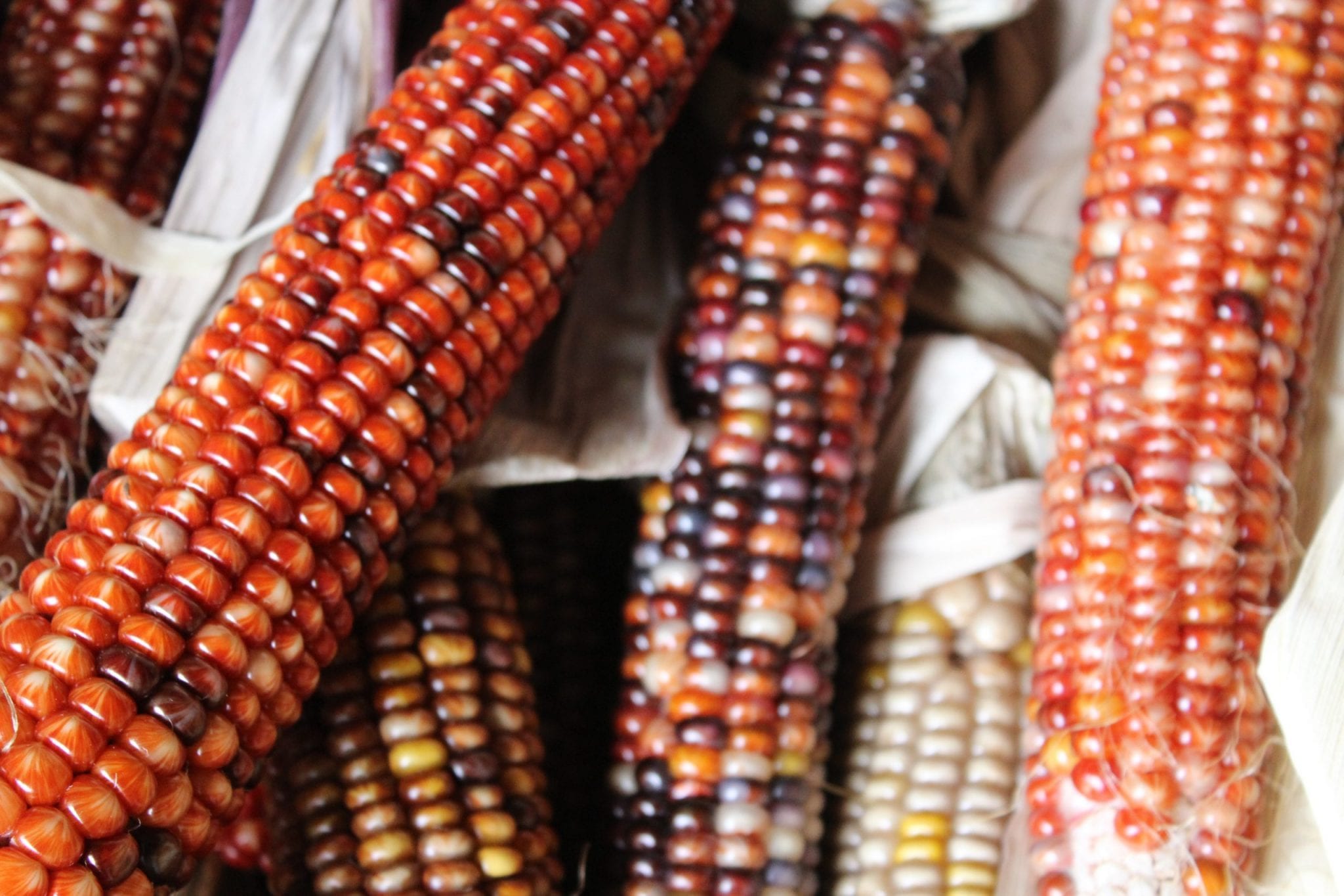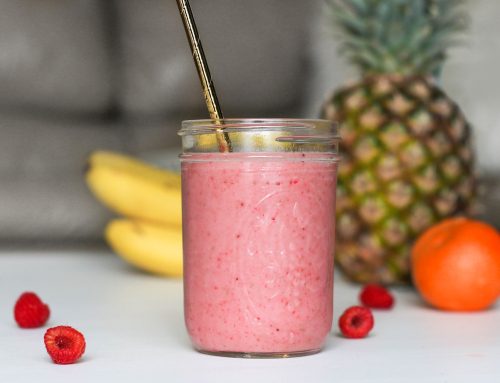
The universe’s timing is never a surprise to me.
Over different stages of my life, I have been called to Canada’s indigenous community for teachings, spirituality, and sometimes, trauma—but this is the first time I’ve been called on as a holistic nutritionist.
It has revealed a dream is to foster and resurge the natural diet of Canada’s First Nations People, respectfully, to heal.
It couldn’t go without acknowledging how I have benefited from colonization. I offer a reconciliation between the First Nations and my own wounded ancestry in the only way that I best can at the moment. That is, to humbly increase awareness, improve my knowledge and understanding, and assist healing through nutrition. These words come to you from the unceded territories of the xʷməθkʷəy̓əm (Musqueam), Sḵwx̱wú7mesh (Squamish), and Sel̓íl̓witulh (Tsleil-Waututh) Nations.
Diverse Peoples, Diverse Diet
I began researching the natural diets of our nation’s Indigenous People. Canada is a vast country with varied terrain and traditional First Nations’ diets are just as diverse as the land. Diets depended on a Nation’s geographic location but they have common traits: high in fat, low in carbohydrates, and largely sourced from the wild. The diversity of First Nations’ diets also mirror the diversity of the people themselves. There are 634 First Nations in Canada, each with a distinguished culture and speaking more than 50 distinct languages.
It would take years to develop a thorough understanding but here, I offer a brief snapshot of traditional Indigenous diets across Canada.
West Coast
First Nations peoples on Canada’s west coast eat a diet rich in seafood such as salmon, herring, abalone, euchalon (candlefish), octopus, sea cucumber, shrimp, crab, mussels, clams, oysters, and seaweed. Diets also included rabbits, beavers, ducks, and goose. All are good sources of protein, iron, and B vitamins. For deeper information, click here.
Prairies
Prairie tribes ate a diet rich in wild game and berries. Wild ame included bison, deer, antelope, elk, moose, gophers, rabbits, prairie chickens. Wild berries included chokecherries, blueberries, raspberries, strawberries, and saskatoon berries. Mushrooms, wild rice, bitter root, wild onions, wild turnips, and pemmican (the original breadroot for making thicker soups and stews) were commonplace. Sage was used for seasoning and for smudging ceremonies (soul food).
Metis (Cree/French/Ojibwe)
The Métis diet consisted of products from hunting, gathering and farming. Wild game consisted of bison, moose, deer, bear, rabbit, ducks, goose, grouse and whitefish.
For deeper information, click here.
Inuit Diet
The Inuit Diet was a high-fat diet that supported life in Canada’s northern climates. Most foods were eaten raw and naturally frozen. Protein sources included walrus, whale meat, seal, polar bear, caribou, muskox, birds, eggs, salt and fresh water fish. Yes, the Inuit get Vitamin C from this diet because it includes organs that are eaten raw or from frozen. Crowberry, cloudberry, grasses and tubers were also eaten when available.
For deeper information, click here.
Ontario
The Huron were hunters and farmers. 65% of the diet was corn, enriched by fish like sturgeon, trout, whitefish, pike and catfish. They also consumed deer meat, squash and dried fruits.
For deeper information, click here.
Atlantic Coastal Region
The Atlantic Coastal diet consisted of caribou, elk, moose, black bear, and Atlantic salmon.
It was more difficult for me to find information for resources in the Atlantic provinces but some information can be found here.

Diversion From Natural Diets
Sustained by these foods for centuries before Canada’s colonization, Canada’s Indigenous People generally lived longer and healthier lifestyles. I was deeply inspired to research and learn about the natural and traditional diets of Canada’s First Nations. But as with most nutritional journeys, when I look into the correlation between a person’s diet and their health or lack of health, I discover that it is not always just about the food. Similarly, history has had ongoing and lasting impacts on the health and wellness of Canada’s Indigenous Peoples.
One example is the Indian Act. First created in 1876, it gave the government sweeping powers on the First Nations’ identity, political structures, governance, cultural practices, and education. The Indian Act is “an evolving, paradoxical document that has enabled trauma, human rights violations and social and cultural disruption for generations of indigenous peoples,” (The Canadian Encyclopedia).
Colonization has also led to the destruction of traditional food sources. One prolific example is bison. Canada’s indigenous people relied on bison for food, tools, clothing, and shelter. Yet, they lived in balance with the species for thousands of years. Factors such as the presence of fur traders, the desire for leather in Europe, and the introduction of rifles led to the rapid decline of bison. Under the leadership of John A. MacDonald, the government also eradicated bison as a mechanism to force Indigenous people onto reserves. Can you imagine that “plains bison in Canada were wiped out and eventually only 116 remained in North America before the slaughter stopped? At one point, bison could circle the globe they were so plentiful but by the 1880s, the number of bison on Earth couldn’t even circle a city block.” Read more here.
How did this hinder our Indigenous Peoples, nutritionally?
#1. Chronic Food Insecurity: Colonization has had a massive impact on food culture. The rate of food insecurity for the average Canadian is 8.3% but First Nations people living in a rural or urban setting disproportionally have between 35%-55% chronic Food insecurity. There is little to no access to fresh food, and in many cases, clean drinking water. Statistics are taken from @the.indigenous.nutritionist.
#2. Health Implications: Lower levels of education and income contributes to a higher morbidity rate. Causes include diabetes, kidney disease, heart disease, hypertension and anemia—not to mention, mental health. More information can be found here.
#3. Negative Cycles: In terms of food and nutrition, Residential schools themselves had a “cut costs and feed less” policy to save money, resulting in a lack of nutrition for children. The last Residential School (to reform) closed in 1996! In 2019, statistics showed 47% of the 254,100 status First Nations children in Canada are living in poverty.
More information can be found here.

Healing and Wellness Through Traditional Foods
Understanding the historical diets of Indigenous Peoples from around the world is one of the keys to regaining optimal health. One of the ways is by returning to a natural, holistic, ancestral diet, for social, physical, emotional, and spiritual reasons. With nutrition today, we understand the harm to the body with specific food sensitivities and inflammations caused by alcohol, dairy, and excessive simple carbohydrates and we may also consider feasting in alignment with the seasons.
This Assembly of First Nations report explains that “Maintaining a diet of traditional foods yields many benefits to First Nations health and well-being. […] The consumption of traditional foods may also contribute to the other aspects of well-being through economic and socio-cultural activities. A traditional diet is not only relatively low in cost, but provides an economic base and livelihood for many First Nations, and leads to food security. It is also related to socio-cultural values and community closeness through feast, potlatches and ceremonies. This leads to good mental health in the development of one’s cultural identity, self-esteem, and pride.”
As a certified orthomolecular nutritionist, I can attest to the health and benefits of these natural First Nations diets. Evidence includes the high rate of disease among First Nations people since deviating from their traditional high-fat, low-carb, wildly sourced diet.
Resources
I encourage you to learn as much as you can about Indigenous history, foods, and culture and am sharing a collection of recipes, food resources, chefs, artists, and inspiring First Nations folks I discovered through my research for this piece.
Indigenous Women Holiday Market
Social Media Accounts
Chefs
Art
#shopindigenouswomensmarket
#shopindigenous
#meetthemaker
Researched and written in honour of the children discovered, and undiscovered, in unmarked graves throughout the Canadian residential schools. May their spirits be acknowledged and free.
If you identify as an Indigenous person with basic nutritional health needs and can’t find the help you need, please reach out to me and I will offer as much help as I can.
“All my relations.”












